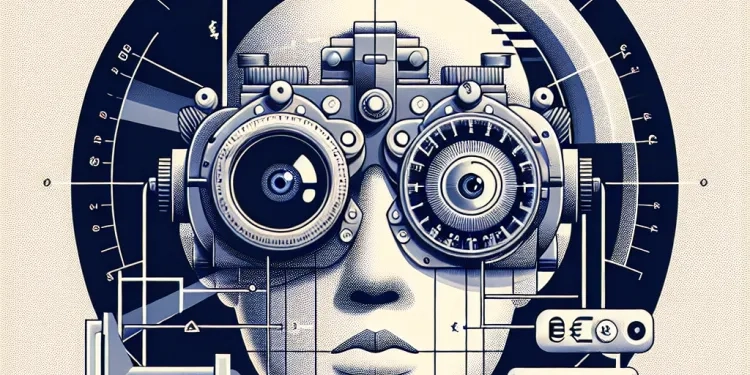
Find Help
More Items From Ergsy search
-

Are there any self-tests for eye pressure?
Relevance: 100%
-

What are the limitations of self-testing for eyes?
Relevance: 88%
-
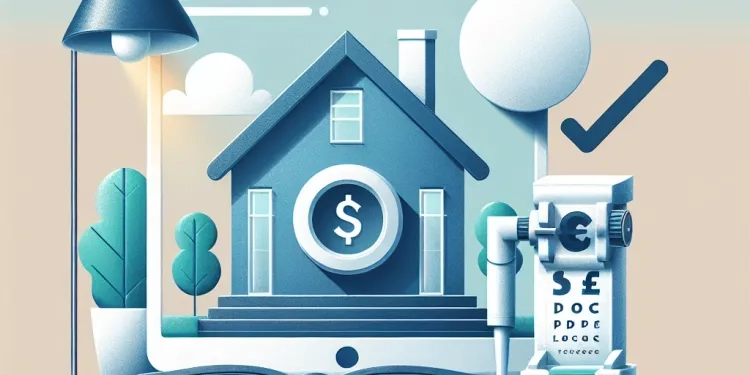
What is self-testing for eye patients?
Relevance: 86%
-
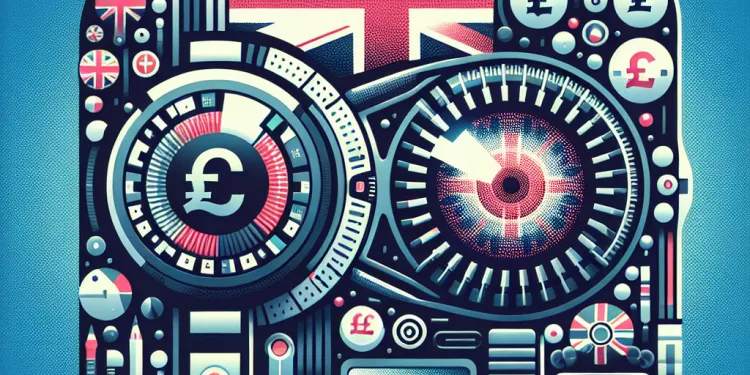
Do I need any special equipment for eye self-testing?
Relevance: 86%
-
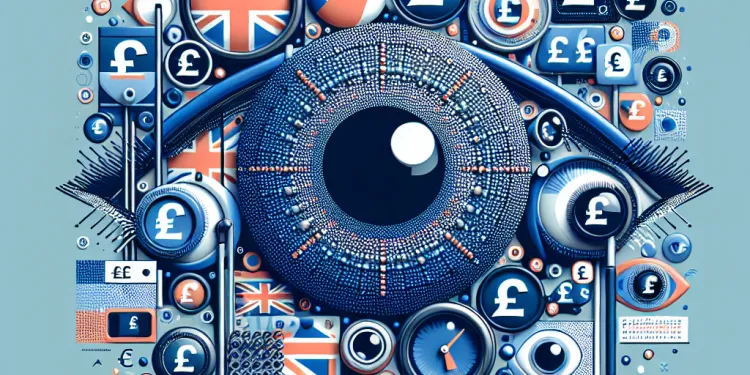
Can self-testing detect all eye conditions?
Relevance: 84%
-
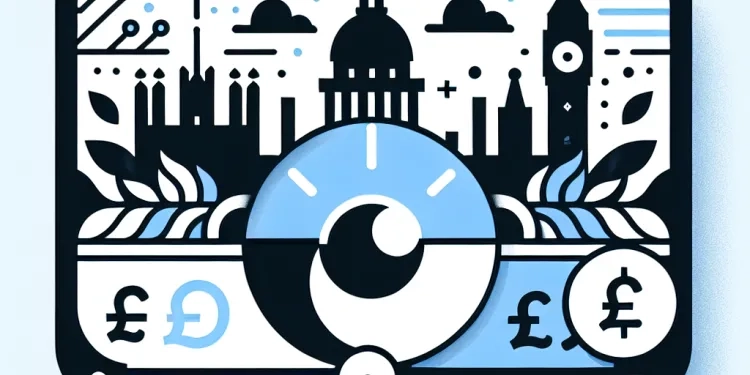
How often should I self-test my eyes?
Relevance: 83%
-

Are self-tests a substitute for professional eye exams?
Relevance: 83%
-
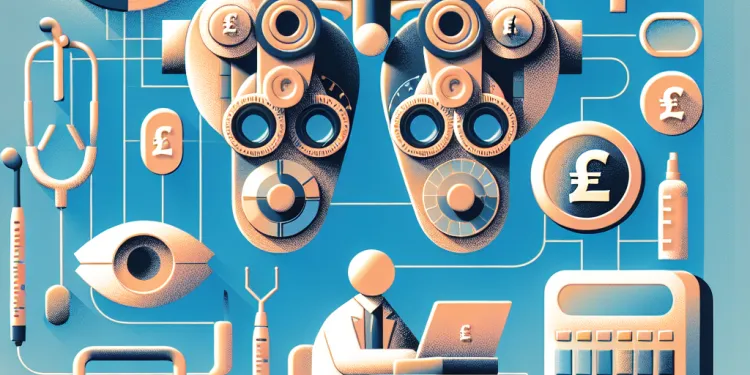
Should I share the results of my self-tests with my eye doctor?
Relevance: 80%
-
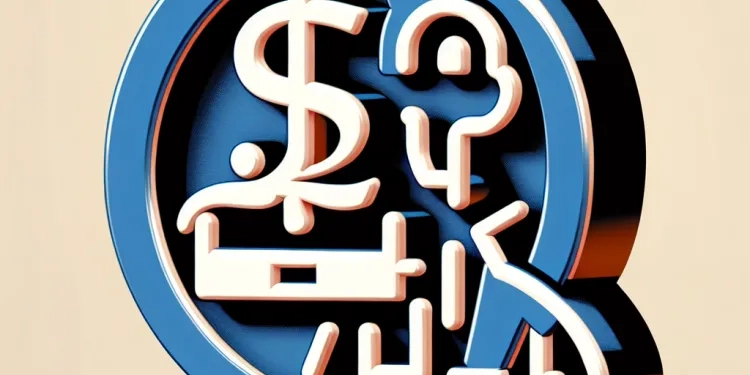
Why would someone need to self-test their eyes?
Relevance: 80%
-

What types of self-tests are available for eye patients?
Relevance: 77%
-
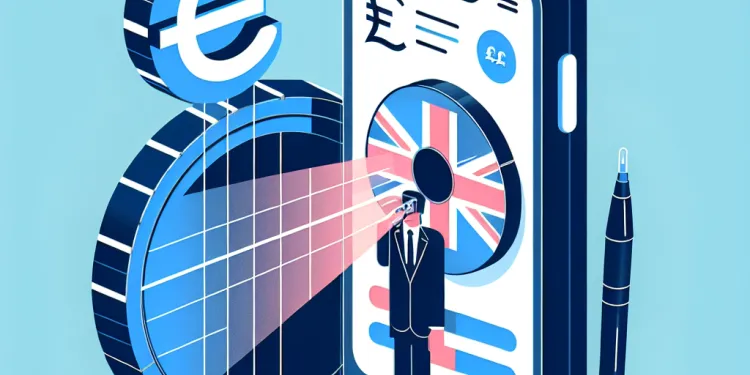
Can I use a smartphone for self-testing my eyes?
Relevance: 69%
-
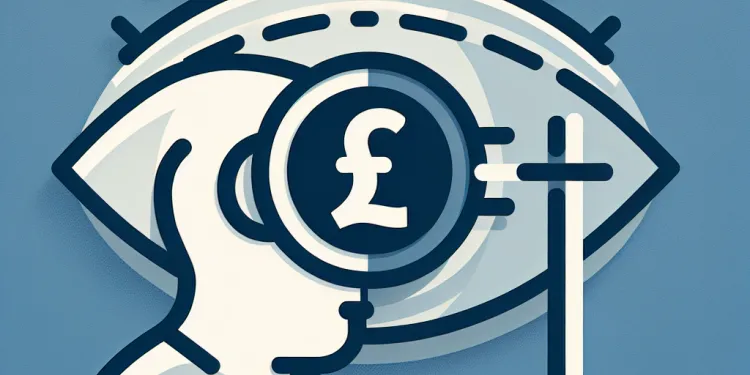
How does self testing for eye patients work?
Relevance: 65%
-
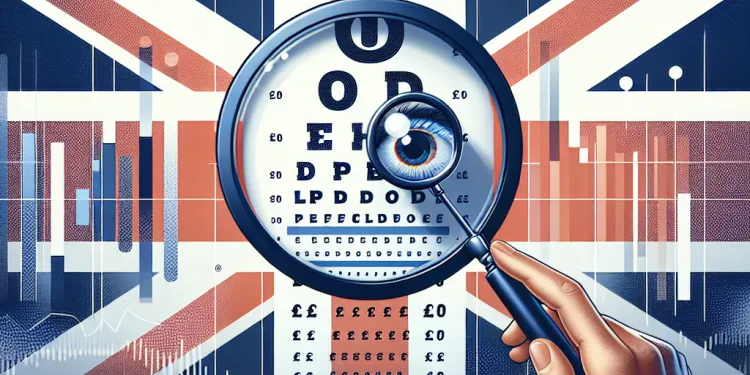
How do I use a vision chart for self-testing?
Relevance: 61%
-
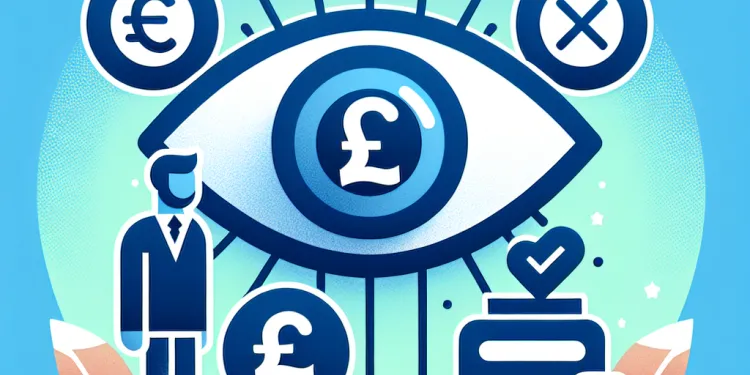
Where can I find reliable self-testing tools for my eyes?
Relevance: 54%
-
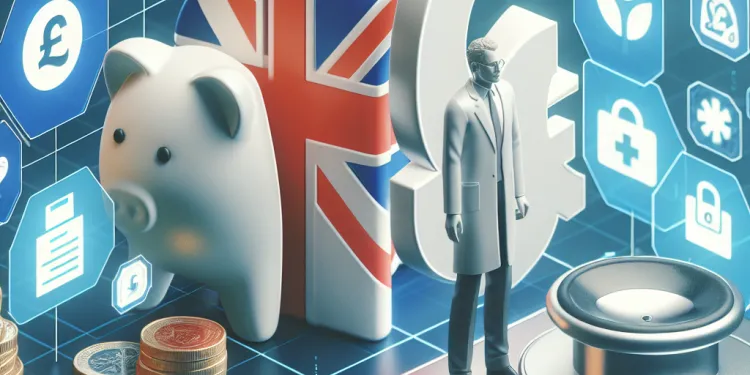
Do insurance plans cover the cost of self-testing tools?
Relevance: 51%
-
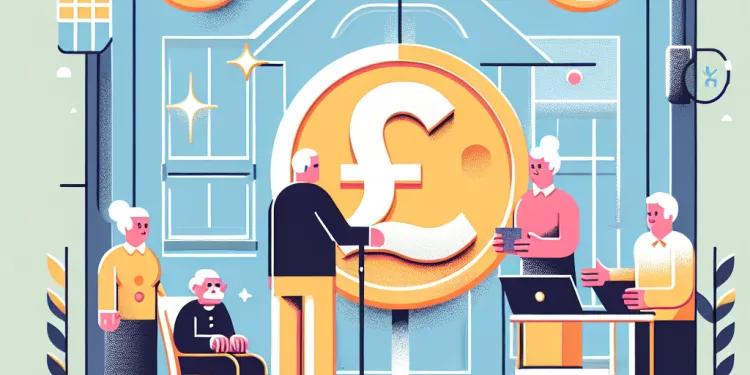
What age groups can benefit from self-testing?
Relevance: 50%
-

Is it possible for self-tests to cause harm?
Relevance: 49%
-
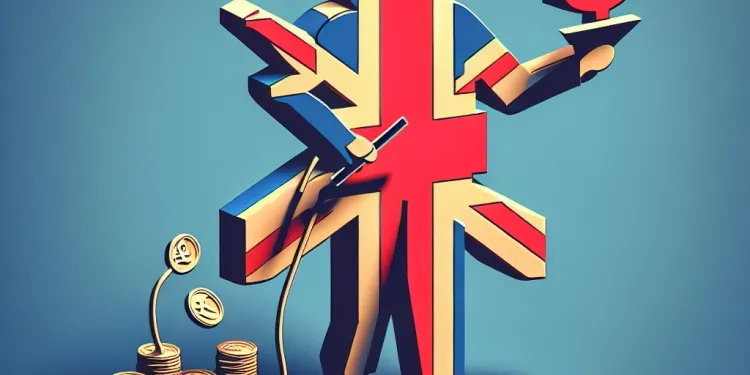
What should I do if I notice changes during self-testing?
Relevance: 48%
-
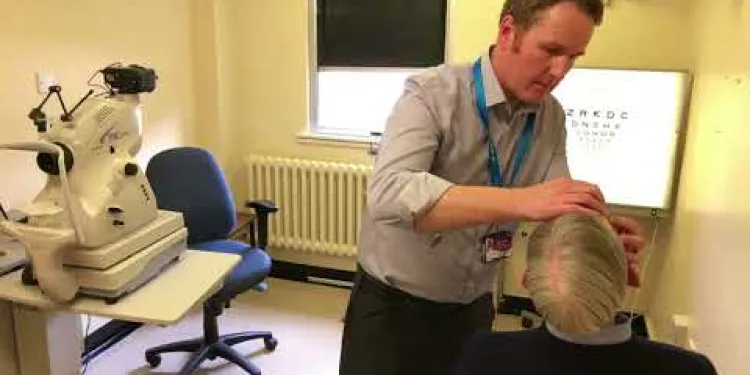
Derbyshire Diabetic Eye Screening - Diabetic Eye Screening
Relevance: 40%
-
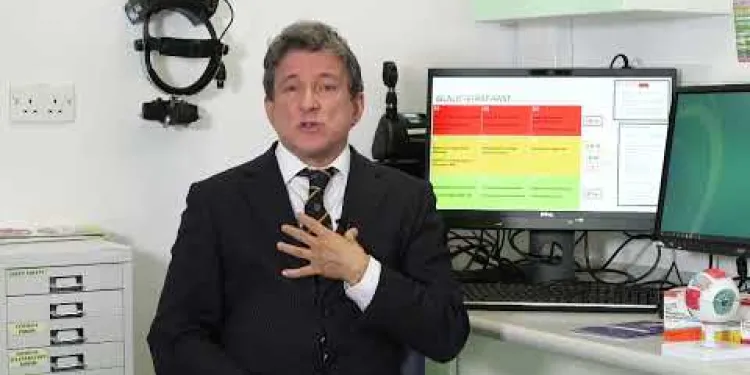
Glaucoma: general side effects of eye drops
Relevance: 39%
-

Eye Injections at Royal Bournemouth Hospital
Relevance: 39%
-
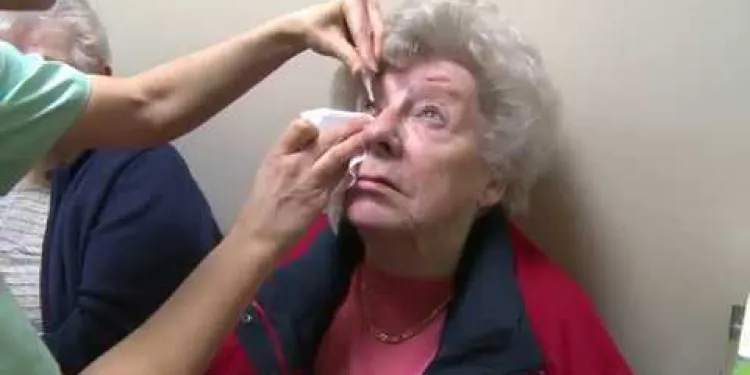
Eye Injections at Royal Bournemouth Hospital
Relevance: 39%
-
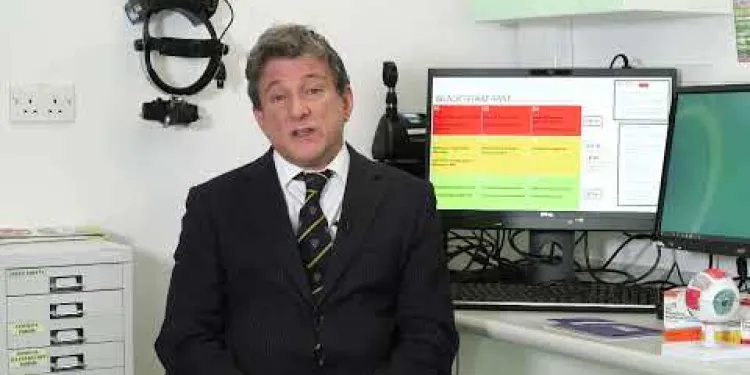
Glaucoma: how often should i take my eye drops?
Relevance: 39%
-
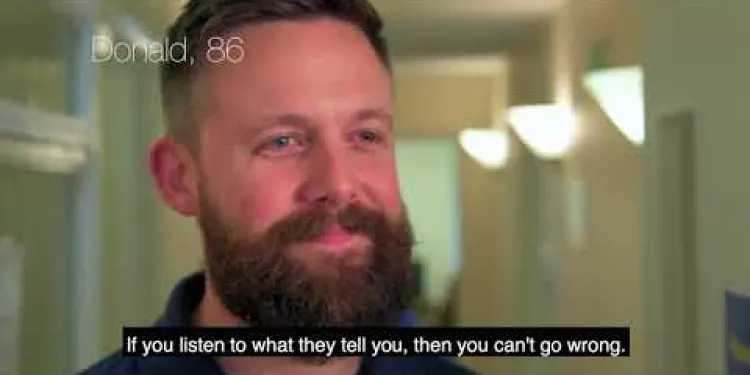
Diabetes Eye Screening
Relevance: 39%
-
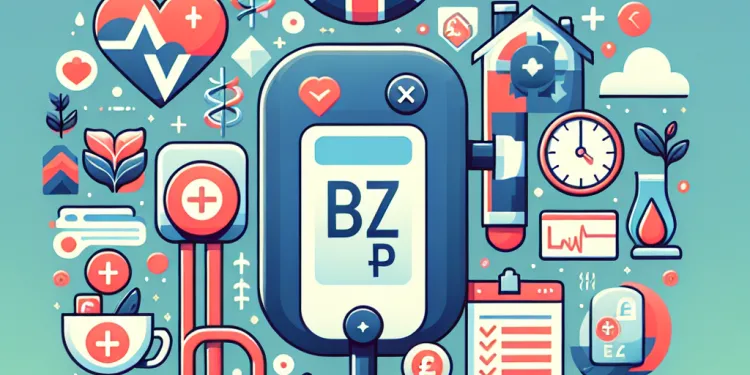
Can high blood pressure lead to other health problems?
Relevance: 36%
-
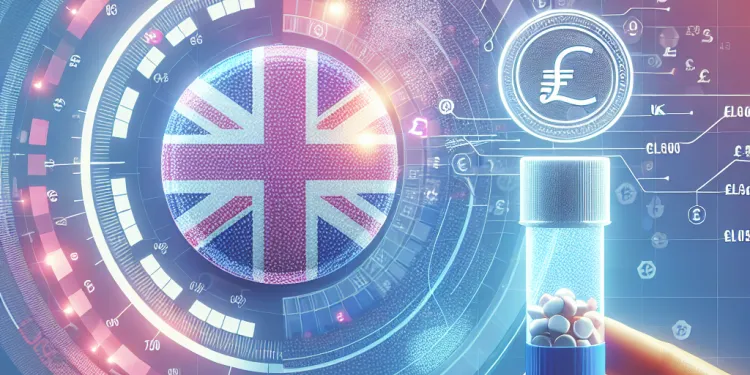
Can self-testing help me track my prescription changes?
Relevance: 36%
-
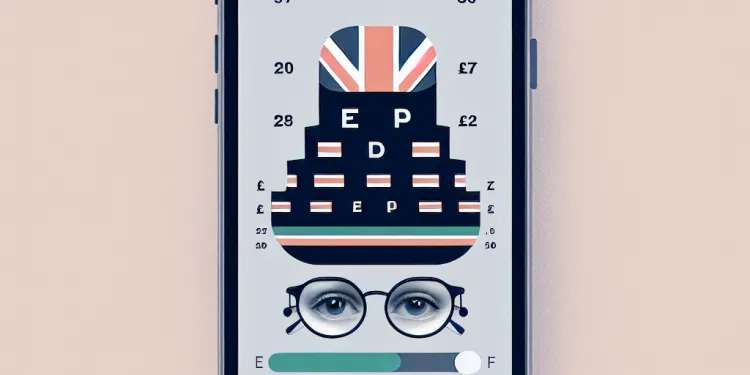
How accurate are app-based eye tests?
Relevance: 35%
-
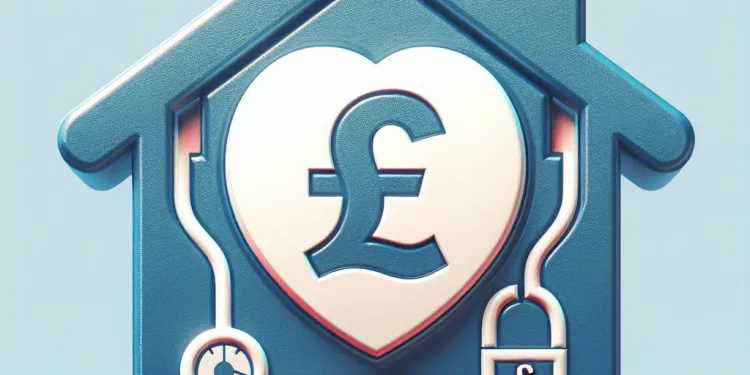
What are the risks of having high blood pressure?
Relevance: 35%
-
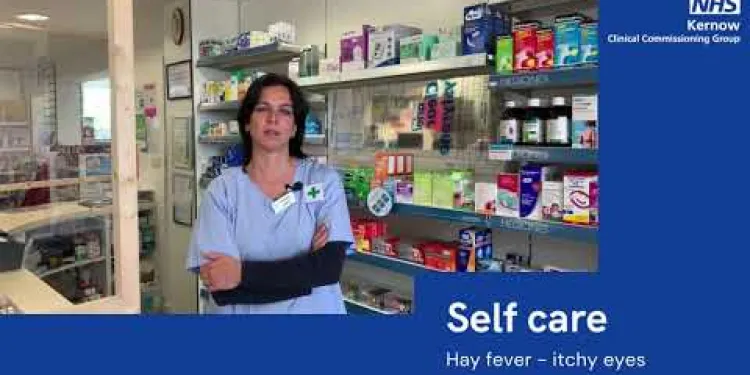
Self care - hay fever itchy eyes
Relevance: 34%
-
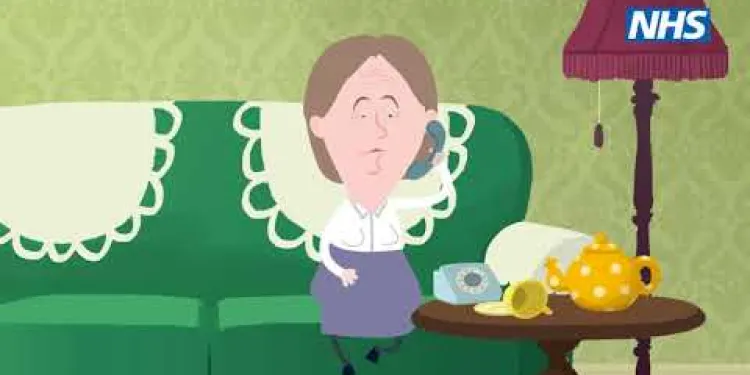
West Midlands LEHN Animated Video on Eye Health
Relevance: 33%
-
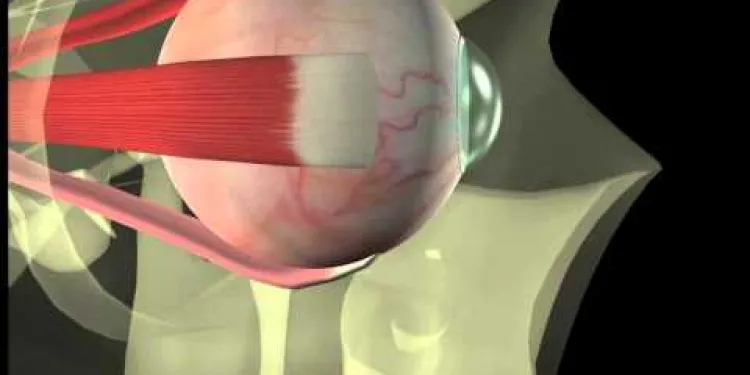
Thyroid eye disease. Squint surgery - The operation
Relevance: 33%
-
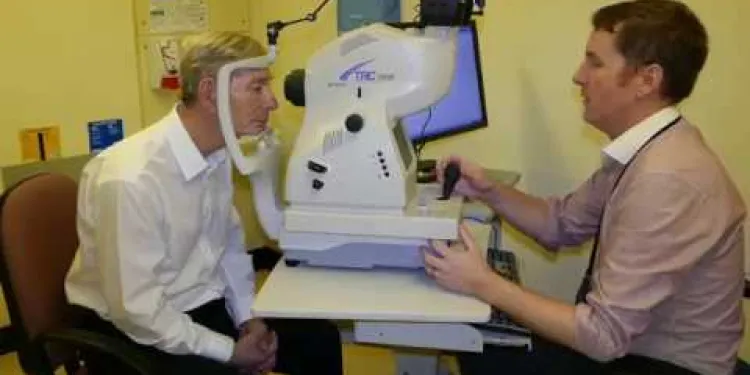
Derbyshire Diabetic Eye Screening - Your Screening Appointment
Relevance: 33%
-
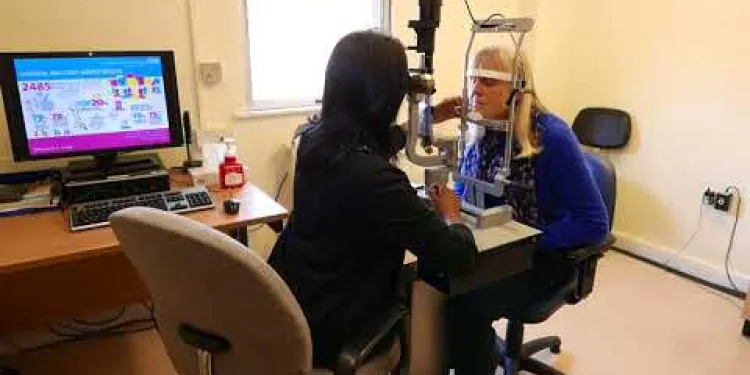
Derbyshire Diabetic Eye Screening - Assessment Clinic Appointment
Relevance: 32%
-
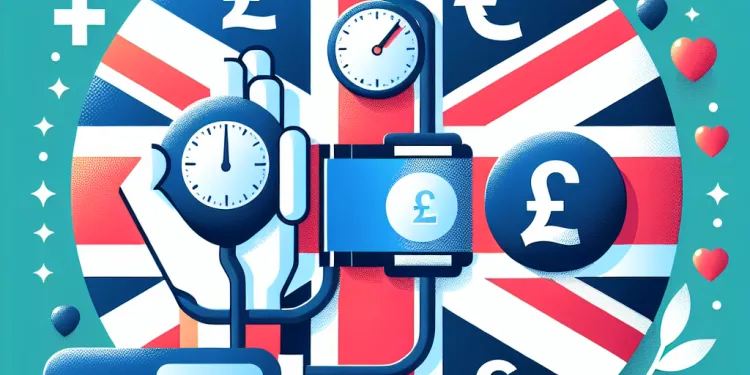
What is high blood pressure?
Relevance: 31%
-
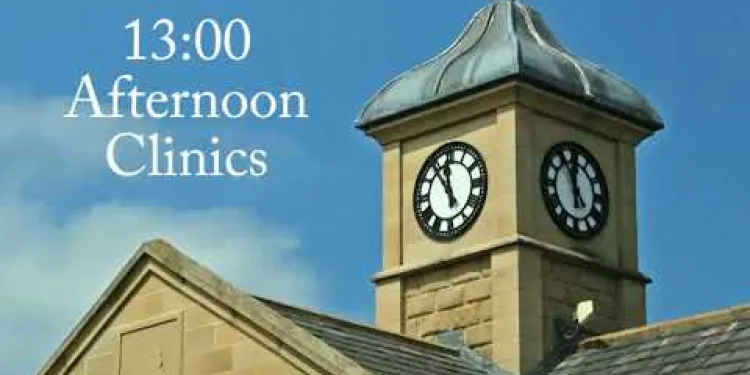
North Yorkshire Diabetic Eye Screening Programme - A day in the life
Relevance: 30%
-
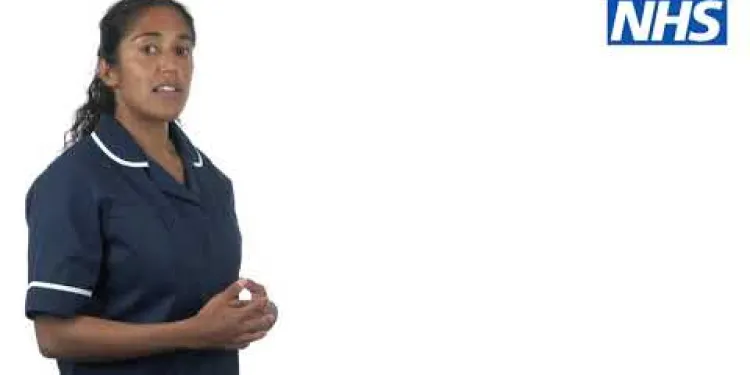
Seven Reaasons For Measuring blood pressure
Relevance: 30%
-
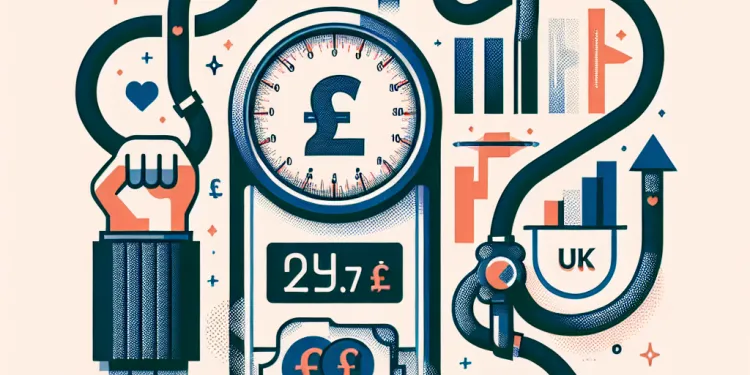
How is high blood pressure diagnosed?
Relevance: 30%
-

Can high blood pressure be prevented?
Relevance: 30%
-
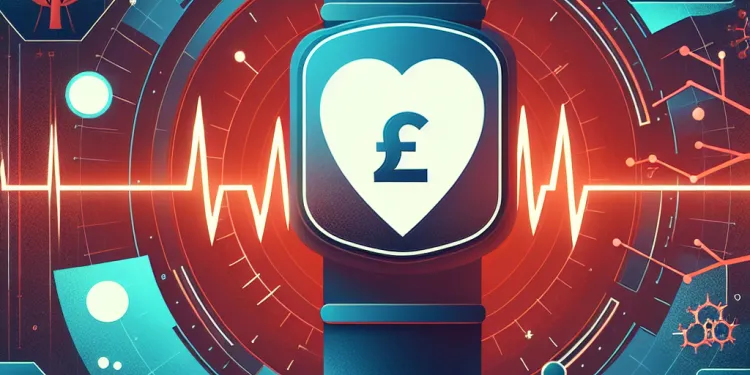
What causes high blood pressure?
Relevance: 30%
-
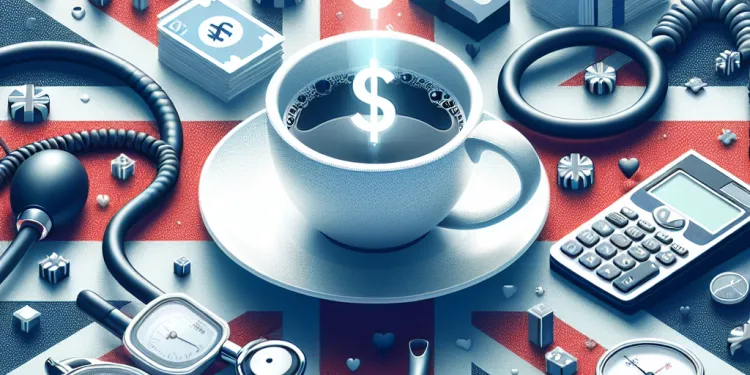
Does caffeine affect blood pressure?
Relevance: 30%
Understanding Eye Pressure
Eye pressure, also known as intraocular pressure (IOP), is a crucial factor in the overall health of the eye. Elevated eye pressure is a primary risk factor for glaucoma, a condition that can lead to vision loss. Intraocular pressure is measured in millimeters of mercury (mmHg), and the typical range is from 10 to 21 mmHg. Regular monitoring of eye pressure is important, especially for individuals at risk of eye diseases.
Can Eye Pressure Be Tested at Home?
Currently, there aren't specific self-tests available in the UK that can measure eye pressure accurately at home without professional equipment. Eye pressure is typically assessed during an eye exam at an optometrist or ophthalmologist's clinic using specialized tools such as a tonometer. These devices can accurately measure the force required to flatten a part of the cornea, thereby determining the intraocular pressure.
Emerging Technology for Home Use
Recent advancements have led to the development of devices intended for home monitoring of eye pressure, though they are not yet widely available or commonly used in the UK. These devices often utilize technologies such as rebound tonometry, which gently touches the cornea to measure pressure. Such devices could be beneficial for patients requiring regular monitoring, such as those with glaucoma.
Limitations and Considerations
While the idea of self-measuring eye pressure at home might be appealing, there are several considerations to keep in mind. First, accuracy can vary, and self-administered tests may not be as reliable as those conducted by healthcare professionals. Moreover, incorrect use of the device could potentially lead to errors in measurement. Individuals should also be aware that managing eye health involves more than just monitoring pressure; comprehensive eye exams are crucial for assessing overall eye health and early detection of any issues.
The Role of Healthcare Professionals
Seeing an eye care specialist is essential for accurate diagnosis and management of eye conditions. Optometrists and ophthalmologists are trained to not only measure eye pressure but also to evaluate the overall health of the eyes and provide timely interventions. Regular eye exams are recommended, especially for individuals over the age of 40 or those with a family history of glaucoma.
Conclusion
While self-tests for eye pressure at home are not currently available in the UK, they may become more accessible as technology advances. However, these should not replace regular eye exams conducted by professionals. Maintaining good eye health requires a comprehensive approach, including professional assessments, to prevent and manage conditions like glaucoma effectively.
Understanding Eye Pressure
Eye pressure is how hard the fluid inside your eye pushes on the eye's walls. It is very important for keeping your eyes healthy. If eye pressure gets too high, it can lead to a sickness called glaucoma, which can cause you to lose your sight. Doctors measure eye pressure in units called millimeters of mercury (mmHg). Normal eye pressure is between 10 and 21 mmHg. It is important to get your eye pressure checked regularly, especially if you might be at risk of eye problems.
Can You Test Eye Pressure at Home?
Right now, there are no easy tests to check eye pressure at home in the UK without special machines. Usually, doctors check your eye pressure when you visit an eye doctor, called an optometrist or ophthalmologist. They use a machine called a tonometer to measure how much pressure is in your eye.
New Tools for Home Use
Some new machines are being made to let people check their eye pressure at home. These are not used much in the UK yet. These machines might use a gentle touch on the eye to check the pressure. These tools could help people who need to check their eye pressure often, like those with glaucoma.
Things to Think About
While testing your eye pressure at home sounds useful, you should know a few things. First, it might not be as accurate as a doctor doing it. Mistakes in use could give wrong numbers. Remember, keeping your eyes healthy means more than just checking pressure. You still need regular eye check-ups to find any problems early.
The Importance of Eye Doctors
It is important to visit eye doctors to keep your eyes healthy. They have special training to check eye pressure and look for other problems. People over 40 or with family members with glaucoma should get their eyes checked often.
Conclusion
Home tests for eye pressure are not available in the UK right now, but they might come soon. Still, they won’t replace going to the eye doctor. Keeping eyes healthy means getting checked by professionals who know what to look for, to stop problems like glaucoma.
Frequently Asked Questions
What is eye pressure?
Eye pressure, also known as intraocular pressure (IOP), is the fluid pressure inside the eye.
Why is monitoring eye pressure important?
Monitoring eye pressure is important because elevated IOP can be a risk factor for glaucoma, which can lead to vision loss.
Can I test my eye pressure at home?
There are limited options for testing eye pressure at home, and it's best to see an eye care professional for accurate measurements.
Are there any devices available for measuring eye pressure at home?
Some companies have developed home tonometry devices, but they are not widely available and typically require a prescription.
How is eye pressure normally tested?
Eye pressure is usually tested by an eye care professional using a device called a tonometer during a comprehensive eye exam.
What are the signs of abnormal eye pressure?
Abnormal eye pressure might not have noticeable symptoms, which is why regular check-ups are important. However, eye pain, headache, blurred vision, or seeing halos around lights could be signs.
What is a normal range for eye pressure?
A normal range for eye pressure is typically between 10 and 21 mmHg.
Can high eye pressure cause glaucoma?
High eye pressure is a significant risk factor for glaucoma, but not everyone with high IOP will develop the condition.
Are there any lifestyle changes that can help manage eye pressure?
Factors such as regular exercise, a healthy diet, and not smoking may help manage eye pressure, though it's important to follow medical advice.
What are the risks of not monitoring eye pressure?
Not monitoring eye pressure may lead to undetected glaucoma or optic nerve damage, which can result in irreversible vision loss.
Is it painful to have eye pressure tested?
Testing eye pressure is typically painless. It may involve a puff of air or a gentle touch with a device called a tonometer.
How often should I have my eye pressure checked?
It's generally recommended to have eye exams every 1-2 years, but your doctor may suggest more frequent checks if you're at risk of glaucoma.
Can stress affect eye pressure?
Chronic stress is not directly linked to increased eye pressure, but managing stress is part of overall eye health.
Are there other conditions that can cause high eye pressure?
Certain eye conditions, injuries, and medications can cause elevated eye pressure. It's important to discuss your medical history with your eye doctor.
What should I do if I suspect I have high eye pressure?
If you suspect you have high eye pressure, schedule an eye exam with an eye care professional as soon as possible.
Can eye drops reduce eye pressure?
Yes, certain prescription eye drops can help reduce eye pressure by decreasing the production of fluid or increasing its drainage.
Is eye pressure the same as blood pressure?
No, eye pressure refers to the pressure inside the eye, while blood pressure refers to the force of blood against the walls of the arteries.
Do contact lenses affect eye pressure readings?
It's recommended to remove contact lenses before measuring eye pressure to ensure accurate readings.
Can dehydration affect eye pressure?
Dehydration can affect overall body function, but its direct effect on eye pressure is unclear. Staying hydrated is beneficial for eye health.
How can I find out more about eye pressure testing?
Consulting with an eye care professional is the best way to learn more about eye pressure testing and scheduling regular eye exams.
What is eye pressure?
Eye pressure is the feeling of your eyes being tight or pressed. It is also called intraocular pressure. It can change when you grow. It is important to check eye pressure to keep eyes healthy.
Tools like a tonometer can help measure eye pressure. Visit an eye doctor for help. Reading glasses or using larger text can make reading easier.
Eye pressure is how much fluid is pushing inside your eye. It is also called intraocular pressure, or IOP.
Why is it important to check eye pressure?
Checking eye pressure helps keep your eyes healthy.
High eye pressure can hurt your eyes.
People can use tools to check eye pressure. This helps protect eyesight.
Ask a doctor if you need help with your eyes.
Checking eye pressure is important. High eye pressure can cause a problem called glaucoma. Glaucoma can make you lose your vision.
Can I check my eye pressure at home?
It is hard to check eye pressure at home. It's better to visit an eye doctor to get the right results.
Can I check eye pressure at home with a device?
Yes, there are tools to help you check eye pressure at home. These tools are easy to use. Ask an adult for help if you need it. You can also ask your eye doctor for advice on how to use them safely.
Some companies make special tools to check eye pressure at home. But you can't find them everywhere. Most of the time, a doctor needs to give you a paper to buy one.
How do doctors check eye pressure?
Doctors check eye pressure to make sure your eyes are healthy. They use special tools to do this. It is important to get your eyes checked.
Here are some ways they might check:
- Puff of air: A machine blows a small puff of air into your eye. It doesn't hurt.
- Special drop: They might put a drop in your eye and use a light to look at it. This helps them see better.
If you feel nervous, talk to the doctor. They can help explain and make you feel better.
An eye doctor checks eye pressure with a special tool called a tonometer. This happens during a full eye check-up.
What are the signs of unhealthy eye pressure?
Here are some signs that your eye pressure might be unhealthy:
- Your eyes hurt.
- Your eyes are red.
- You see rainbow circles around lights.
- Your vision is blurry.
- You have a headache.
- You feel sick or want to throw up.
If you notice these signs, it is a good idea to tell an adult or see a doctor. You can also try using tools like large print books or audio books to help with reading if your eyes are sore.
If there are problems with eye pressure, you might not know because you can't see or feel anything is different. This is why going to the eye doctor regularly is important. But if you do have eye pain, a headache, blurry vision, or see bright rings around lights, you should tell someone.
You can also use things like magnifying glasses or reading apps to help you see better.
What is normal eye pressure?
Normal eye pressure is when your eye feels healthy. It is like a balloon with just the right amount of air.
Doctors say normal eye pressure is usually between 10 and 21. This is like a careful measurement doctors take.
Tools like bigger print or audiobooks can help you learn better.
The normal range for eye pressure is usually between 10 and 21. This is called mmHg.
Can high eye pressure cause glaucoma?
Your eyes can have high pressure. This might harm your eyes. When it does, it is called glaucoma. Glaucoma can make it hard to see. If you feel worried, you should talk to a doctor. They can help you. It might be helpful to use a magnifying glass to read small text. Bright lighting can also make it easier to see.
Having high pressure in your eyes can increase the chance of getting an eye disease called glaucoma. But not everyone with high eye pressure will get glaucoma.
Can changing how I live help my eyes feel better?
Doing things like exercising often, eating healthy food, and not smoking can help keep eye pressure normal. But, it is very important to listen to what the doctor says.
What happens if you don't check eye pressure?
If you do not check eye pressure, you might not notice problems like glaucoma. This can hurt the nerve in the eye and make you lose your sight forever.
Does it hurt to get your eye pressure checked?
Getting your eye pressure checked does not hurt. The doctor uses a special machine to do this. You might feel a little puff of air or a gentle touch on your eye. It is very quick and safe.
If you feel nervous, you can ask the doctor to explain what they are doing. You can also bring a friend or family member with you for support. Listening to relaxing music might help you feel calm.
Testing eye pressure does not usually hurt. It might use a little puff of air or a soft touch with a tool called a tonometer.
How often should I get my eye pressure checked?
It is important to check how healthy your eyes are. You should see an eye doctor to test your eye pressure.
- If you are healthy, visit every 1-2 years.
- If you have eye problems, see your doctor more often. Ask how often you need to go.
Helpful tools:
- Set a reminder on your phone or calendar.
- Ask a friend or family member to remind you.
It is good to get your eyes checked every 1 to 2 years. But if your doctor thinks you might have a problem called glaucoma, you may need to get your eyes checked more often.
Can stress change eye pressure?
Stress that happens all the time is not proven to make eye pressure higher. But, taking care of stress is important for keeping your eyes healthy.
What else can make eye pressure go up?
Some problems with your eyes, getting hurt, or taking certain medicines can make your eye pressure go up. It's important to talk to your eye doctor about your health background.
What to Do if You Think You Have High Eye Pressure
If you think your eye pressure is high, go to the eye doctor. The doctor can check your eyes.
Here are some ways to help:
- Ask someone to come with you to the doctor.
- Write down questions to ask the doctor.
- Tell the doctor about any problems you have with your eyes.
It is important to check your eyes to keep them healthy.
If you think your eye pressure is high, go see an eye doctor quickly for an eye check-up.
Can eye drops make eye pressure lower?
Yes, some special eye drops from the doctor can help lower eye pressure. These drops can help by making less fluid or helping the fluid drain away better.
Are Eye Pressure and Blood Pressure the Same?
Eye pressure and blood pressure are not the same. Eye pressure is the pressure inside your eyes. Blood pressure is the pressure of blood flowing in your body.
If you find reading hard, you can:
- Ask someone to read with you.
- Use apps that read text out loud.
- Take breaks to help you understand better.
No, eye pressure and blood pressure are not the same. Eye pressure is the pressure inside your eye. Blood pressure is the force of blood pushing against your arteries.
Can contact lenses change eye pressure tests?
Take out your contact lenses before checking your eye pressure. This helps to get the right reading.
Can not drinking enough water change eye pressure?
When you do not drink enough water, your body might not work well. We are not sure if it changes the pressure in your eyes. But drinking water is good for your eyes.
How can I learn more about eye pressure testing?
Do you want to know more about eye tests? Eye tests can help check your eyes. Here are some tips:
- Ask your eye doctor questions. They can explain things to you.
- Look for easy books or videos about eye tests.
- Use a computer or tablet to find kid-friendly websites with information.
- Have someone read with you if the words are hard.
You can also try making a list of questions before your eye check-up. This can help you remember what you want to ask the doctor.
Talk to an eye doctor to learn about testing your eye pressure. It is important to have eye check-ups regularly.
Useful Links
- Ergsy carfully checks the information in the videos we provide here.
- Videos shown by Youtube after a video has completed, have NOT been reviewed by ERGSY.
- To view, click the arrow in centre of video.
- Most of the videos you find here will have subtitles and/or closed captions available.
- You may need to turn these on, and choose your preferred language.
- Go to the video you'd like to watch.
- If closed captions (CC) are available, settings will be visible on the bottom right of the video player.
- To turn on Captions, click settings .
- To turn off Captions, click settings again.
More Items From Ergsy search
-

Are there any self-tests for eye pressure?
Relevance: 100%
-

What are the limitations of self-testing for eyes?
Relevance: 88%
-

What is self-testing for eye patients?
Relevance: 86%
-

Do I need any special equipment for eye self-testing?
Relevance: 86%
-

Can self-testing detect all eye conditions?
Relevance: 84%
-

How often should I self-test my eyes?
Relevance: 83%
-

Are self-tests a substitute for professional eye exams?
Relevance: 83%
-

Should I share the results of my self-tests with my eye doctor?
Relevance: 80%
-

Why would someone need to self-test their eyes?
Relevance: 80%
-

What types of self-tests are available for eye patients?
Relevance: 77%
-

Can I use a smartphone for self-testing my eyes?
Relevance: 69%
-

How does self testing for eye patients work?
Relevance: 65%
-

How do I use a vision chart for self-testing?
Relevance: 61%
-

Where can I find reliable self-testing tools for my eyes?
Relevance: 54%
-

Do insurance plans cover the cost of self-testing tools?
Relevance: 51%
-

What age groups can benefit from self-testing?
Relevance: 50%
-

Is it possible for self-tests to cause harm?
Relevance: 49%
-

What should I do if I notice changes during self-testing?
Relevance: 48%
-

Derbyshire Diabetic Eye Screening - Diabetic Eye Screening
Relevance: 40%
-

Glaucoma: general side effects of eye drops
Relevance: 39%
-

Eye Injections at Royal Bournemouth Hospital
Relevance: 39%
-

Eye Injections at Royal Bournemouth Hospital
Relevance: 39%
-

Glaucoma: how often should i take my eye drops?
Relevance: 39%
-

Diabetes Eye Screening
Relevance: 39%
-

Can high blood pressure lead to other health problems?
Relevance: 36%
-

Can self-testing help me track my prescription changes?
Relevance: 36%
-

How accurate are app-based eye tests?
Relevance: 35%
-

What are the risks of having high blood pressure?
Relevance: 35%
-

Self care - hay fever itchy eyes
Relevance: 34%
-

West Midlands LEHN Animated Video on Eye Health
Relevance: 33%
-

Thyroid eye disease. Squint surgery - The operation
Relevance: 33%
-

Derbyshire Diabetic Eye Screening - Your Screening Appointment
Relevance: 33%
-

Derbyshire Diabetic Eye Screening - Assessment Clinic Appointment
Relevance: 32%
-

What is high blood pressure?
Relevance: 31%
-

North Yorkshire Diabetic Eye Screening Programme - A day in the life
Relevance: 30%
-

Seven Reaasons For Measuring blood pressure
Relevance: 30%
-

How is high blood pressure diagnosed?
Relevance: 30%
-

Can high blood pressure be prevented?
Relevance: 30%
-

What causes high blood pressure?
Relevance: 30%
-

Does caffeine affect blood pressure?
Relevance: 30%


